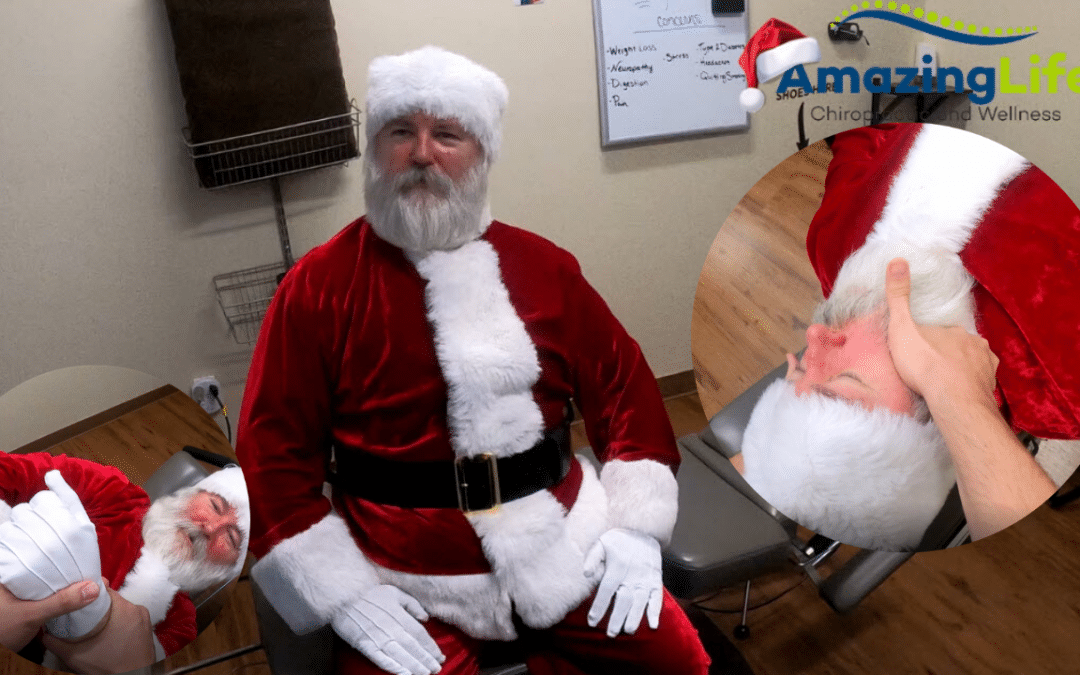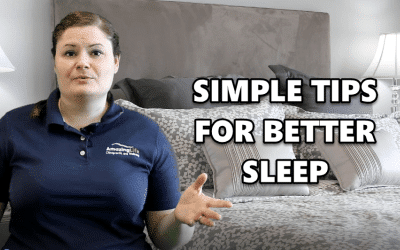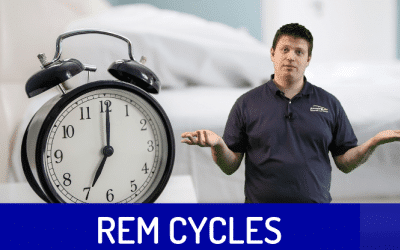Sitting Can Make You Sick
Did you know the average adult sits 8-10 hours every day? If you consider the amount of time spent sitting at an average job, in the car, at the dinner table, and perhaps watching TV, it adds up quickly. But there’s a problem. Sitting for long hours may be hazardous to your health!
Ergonomics 101
Today we will look at ergonomics for the lower body. Ergonomics is a scientific word for arranging your area to help you have the best comfort and posture for your health. Making ergonomic changes to the way your lower body is positioned while you sit can prevent back problems, leg pain and fatigue.
Position of your Back
Problem: Constant leaning, reaching, and poor posture while sitting can alter the natural curves of your spine and cause damage to your discs and nerves.
Try This: Find a good chair with lower back support, or add a back-rest cushion to the chair. Try to keep all important equipment and documents within arm’s reach.
Position of your Legs
Problem: When your legs don’t reach the floor properly, it can put stress on your lower back and the nerves that go down your legs.
Try This: When sitting, your thighs should be parallel to the floor and your legs should be slightly bent with both feet squarely on the floor. When using an adjustable chair, first stand next to it and change the height of the sitting surface so it’s just below your kneecaps. If your feet do not reach the ground and your chair does not adjust, try putting a low stool under your feet. Avoid crossing your legs. When driving, remember to position your seat so your legs are slightly bent when your foot is on the pedals.
Chiropractic Coaching and Care for Sitting Stress
Our team at Amazing Life Chiropractic is specially trained to aid in prevention of spinal, muscular or neurological problems related to extended sitting. We can also coach you through stretches and ergonomic adjustments you can use at home or at work to improve health and reduce the stress caused by sitting all day. We look forward to helping you have happier sitting and a healthier life!






